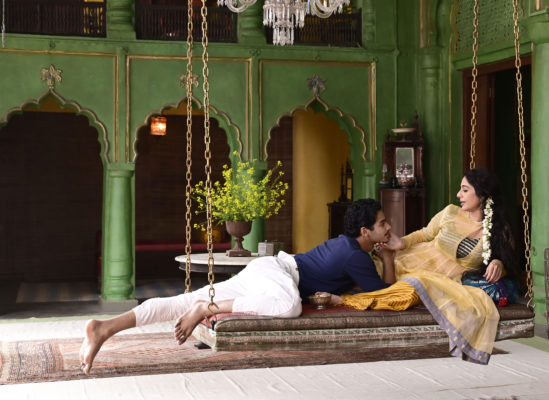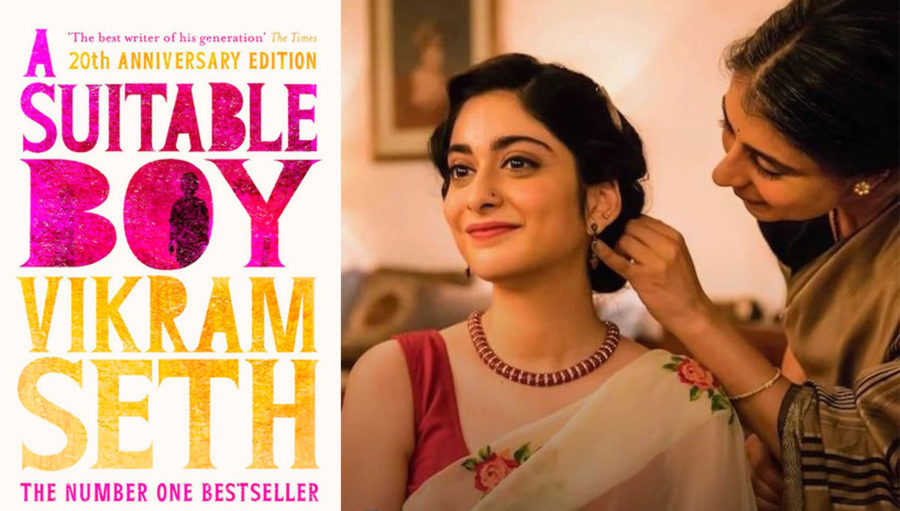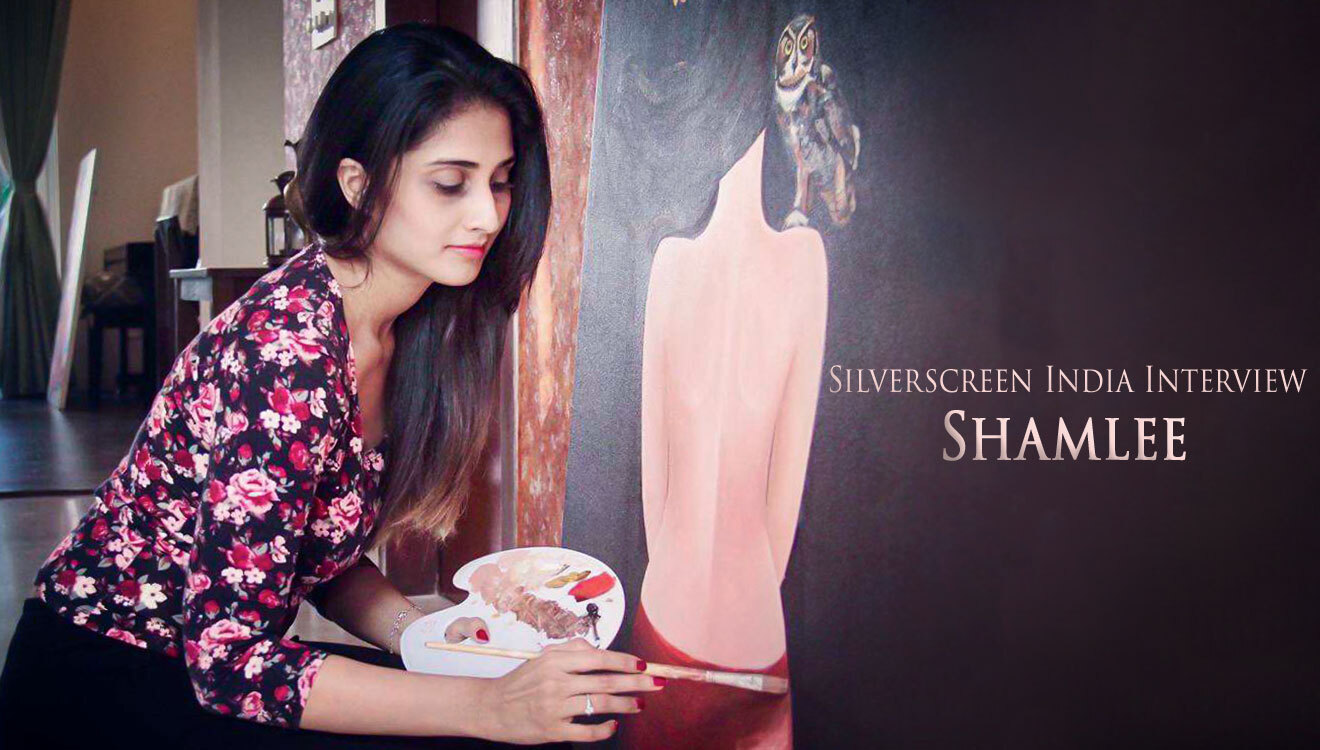When India became independent in 1947 after 200 years of the British rule, it limped past its bloody history of Partition and riots. Spanning 1,349 pages, Vikram Seth’s novel A Suitable Boy brings to life snippets of this history.
Although it is set against the backdrop of a newly independent India of the 1950s, Seth draws inspiration from the times when he was penning the novel- 1992- at a time when India was witness to devastating riots over the demolition of the Babri Masjid. The incidents are echoed in the novel, in the way the Raja of Marh builds a Shiva temple next to the old mosque in the fictional town of Brahmpur.
Twenty seven years after the novel was published, Netflix and BBC released a web series based on Seth’s book, in the same name. Directed by award-winning filmmaker Mira Nair, the six-episode series depicts the mammoth historic novel with a more romantic and modern flair.

MV5BODBlZWRlNzAtZWUyMC00YzEwLThmYWYtNTFiOTZlMTlhZTgyXkEyXkFqcGdeQXVyNjEwNTM2Mzc@._V1_
Context
Similar to Seth’s novel, the Netflix original and BBC One production, A Suitable Boy is set in 1951 and is divided into two main storylines based on the families- Khan, Kapoor, Mehra and Chatterji.
The episodes unravel across three cities- Calcutta, Lucknow and Brahmpur. The story revolves around Mrs Rupa Mehra (Mahira Kakkar) and her quest in finding a suitable husband for her 19-year-old daughter Lata (Tanya Maniktala). While the story follows the three suitors for Lata, she refers to her freedom to choose her match when she tells Kabir Durrani (Danesh Razvi): “India is a free country now.”
Lata, who is a student of literature at the University of Brahmpur, resents the idea of her mother choosing her future husband and has plans of her own. Later, though, she realises that her mother is only watching out for her happiness and security.
The three suitors battling belong to three different cities.
In the first episode, Lata’s encounter and love story with Kabir, son of a Mathematics professor in Brahmpur, unfolds. Kabir represents the culture, religion and conflict at Brahmpur. In one of the scenes, Mrs Mehra interrogates Lata about ‘the first boy’ and breaks into nervous cries after finding out that he is Muslim. The second suitor- Amit Chatterji (Mikhail Sen), the elder brother of her sister-in-law Meenakshi (Shahana Goswami), is a poet from Calcutta. The third suitor, Haresh Khanna (Namit Das) is an ambitious shoe manufacturer.
While the end goal is for Lata to select a suitor for marriage, the series respects the novel’s plotline and embeds other stories along. A major chunk of screen time is given to Maan Kapoor (Ishan Khattar), the feckless son of revenue minister of Purva Pradesh Mahesh Kapoor (Ram Kapoor), and his scandalous love story with courtesan singer Saeeda Bai (Tabu).

MV5BMjJmZDEwZWQtZTNiNi00ZmFjLThlMDMtN2UxNDU3YjFhZjBlXkEyXkFqcGdeQXVyMjI5MzQ3OTE@._V1_
The deviations
Nair retains the main flow of the novel, but with a constraint. The entire Shiva temple fiasco and the communal tension is visually well represented but the frames seem hurried. While the novel elaborates on the tense relationship between Mahesh Kapoor and home minister LN Agarwal (Vinay Pathak), the series gives a subtle hint of it and offers no added information, which leaves the viewers confused.
Recommended
Nair takes cinematic liberty- like in the Holi scene when Maan pushes Agarwal into a fountain, thereby angering the minister. In the novel, it was head of the English department at the Brahmpur University Professor Mishra who was pushed, earning him the name ‘the White Whale’.
The story trails through communal, racial, economic and social aspects of the society back in 1993. The book carries a detailed history of the 110 characters included and introduced in different sections. Each representing their own identity and narration- like Malati (Sharvari Deshpande), Lata’s friend, who is portrayed as a strong character.
The series cuts short the background story of each character, leading to sudden unexplained appearances. Easily flowing into the background and nuance of each character, the main story runs parallel along with the subplots. However, adapting a vast novel into a six-episodes series comes with its own shortcomings.



